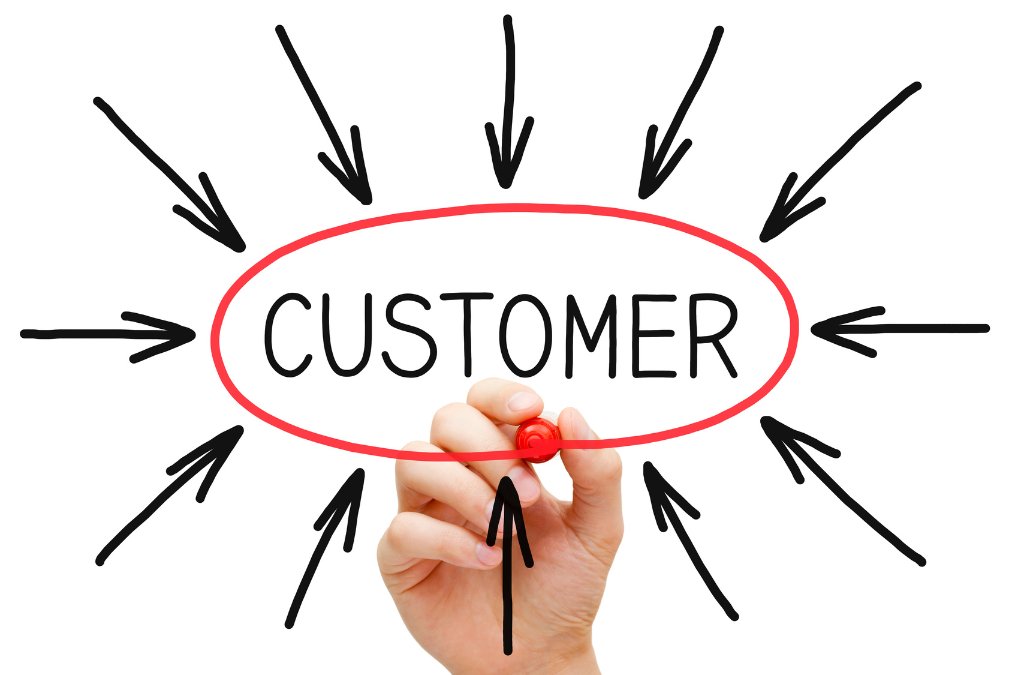CX Trends in 2015
In 2014 customer experience became really important. The more we learn about it, the more challenges and opportunities we have to face.
Customers expect more. Customers’ service expectations have changed, they expect practically 24-7 hour service, they dislike overly scripted service and they expect you to deliver an omni-channel experience. Self-care solutions, like our diagnostics system or i-frontdesk, are the best way to manage this requirement.
Companies strive to create a one-to-one, cross-channel experience. There is an increase in technology investment and companies strive to create a one-to-one relationship with the client, to turn them into advocates. For that, they need the centralization of data and its integration across all the favourite channels.

Companies should increase their investment in customer experience. According to Gartner, in 2014 the digital marketers were spending almost as much to retain customers (45%) as they did to gain new ones (55%). This trend is continuing this year. Companies are no longer able to ignore CX, reflected in Forrester’s customer index, which states that customer-centric companies gained 43% in performance.
In 2015, companies recognize that a better customer experience will improve customer satisfaction, increase loyalty and improve retention. For that, companies are looking to hire experienced professionals that can lead a customer experience strategy. According to Google Trends, searches for “customer experience jobs” increased 40% last year, and will continue to increase this year.
Investment in CX technology should also increase. Solutions like the previously mentioned diagnostics system will enable better cross-channel experience, increasing the quality of the service and improving its efficiency.
Tracking and measurement are important. There’s a strong correlation between customer experience and loyalty factors. Increase in CX investment will increase ROI as well. In 2015, CX metrics are also being used to measure and improve performance.
Customer experience technologies integrated with existing marketing technology. Technologies help companies to track performance and customer satisfaction. Companies may want to integrate them easily with their existing marketing tools, like marketing automation and CRMs, because they need to be smart about how to ask and capture data.
Companies are moving to a mobile-first customer experience. More than 50% of all U.S. adults now have a smartphone and 76% of millennials rely on their mobiles to find information and solve problems. This year companies will move from thinking about the mobile experience as an add-on to CX, to thinking about it as a priority.
The number of website visits form a mobile device overtook the number of visits from a desktop last year. As Bill Loller, Vice President of Mobile at IBM, says “Customers now expect to get what they want in their immediate context and moments of need”. Mobile customer experience needs to be just as good, if not better, than your desktop experience. WebToGo can help you build your unified presence on any platform.
As a company in a cut-throat business world full of players competing on price, how do you plan on differentiating your product or service? Let’s talk about it!

 NEWS
NEWS